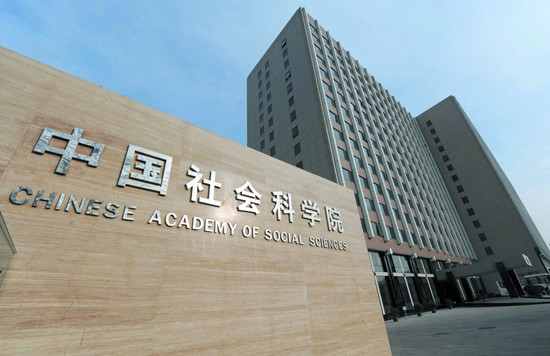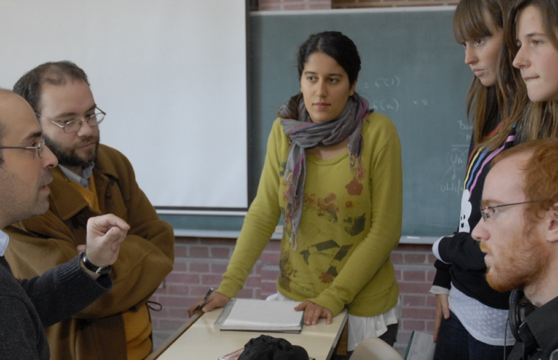
China’s Energy Experts
Who in China is advising on energy engagement with Latin America?
This post is also available in: Spanish
There is an alarming gap between the skills that the Latin American workforce offers and the skills that companies in the region demand. While educational coverage, tertiary education enrollment, and per-capita public expenditure on education in the region have all grown significantly in the last 30 years, the efforts have not translated into higher productivity levels.
In fact, almost 37% of Latin American companies believe that finding a labor force with adequate skills is a significant obstacle to growth, and Latin America is the region where it takes the longest amount of time to fill a high-skill job vacancy.
A seminar held on January 28 by the Inter-American Dialogue and CAF – Development Bank of Latin America, Latin America’s Productivity Challenge: New Approaches to Technical Education and Professional Training, convened key policymakers, academics, business professionals, and experts in workforce development to discuss the state of technical education and professional training in Latin America, review lessons from experience, and explore opportunities for reform in the region.
The seminar began with a panel discussion on the state of technical education and professional training in Latin America, based on a background report produced by CAF. A second panel featured workforce development specialists who reviewed selected innovative experiences in the field of technical education from the United States as potential lessons for Latin America. The third expert panel presented technical education and professional training experiences from Chile, Mexico, Argentina, and Brazil. A final roundtable with public officials from Panama, Colombia, Mexico and Peru discussed future steps and potential opportunities for reform.
Below are our main takeaways from this event.
1. Countries must establish institutional partnerships
It is crucial to establish public-private partnerships in order to close the gap between skills that are offered by education providers and those that the labor market demands. This can include, for instance, designing national frameworks of qualifications in conjunction with the private sector, establishing school-to-work pathways with employers, or developing didactic material that is relevant to different industries, taking into account that educational pertinence can be maximized when learning is specific to each industrial sector. Very often, it is also important to improve collaboration within the public sector, for instance, between ministries of education and labor.
2. Access to information is critical
Individuals need help to make informed decisions on their training. Latin America needs credible, high-quality certification mechanisms for technical education and professional training programs. Together with more and better information on how graduates from different programs and institutions perform in the labor market, this should help individuals making better-informed decisions. At the same time, experts agree that to ensure that all workers have equal opportunities in the job market, the adoption of competency certification schemes can be helpful.
3. Technical education providers must rethink their approach
Changes at the policy level will not suffice to close the productivity gap without a major overhaul of how technical education and training are provided in the region. Providers need an innovation shock, as marginal change will not be enough. More competition among providers and stronger pressures to deliver results could act as catalysts for that shock.
Who in China is advising on energy engagement with Latin America?
Recent publications describe trends in teacher policy in Latin America.
Latin American Economic Outlook 2015: the income trap and what to do about it.

